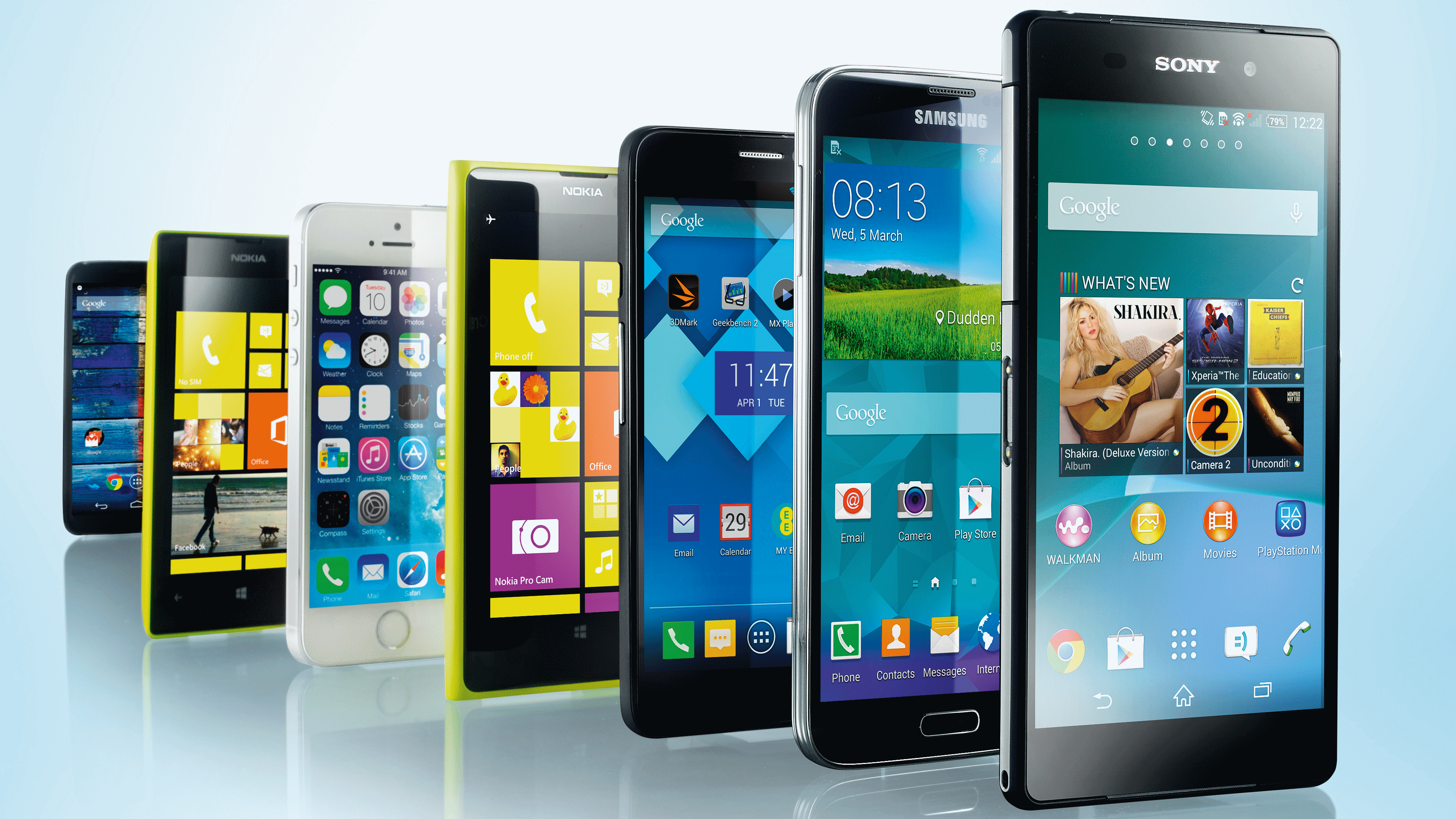

Relative to their big data–Ebola aspirations, computational epidemiologists misunderstood the self.

Unfortunately, this mistake became fixed in later calculations and conceits, as I will explain. Mistaking the cell phone for a person, and vice versa, was where the public health assemblage first went off‐track.

This was the first of several ways that the cell phones’ thing‐self problem entered. Computational epidemiologists faithfully believed that things-cell phones-would work as if they were interchangeable with the people who owned them: Tracking a cell phone would mean following a person. The power of the particular public health assemblage deployed here, connecting cell phones to big data to Ebola, was based on an assumption that things and people exchange properties (Bennett 2004, 355). Moreover, the thing‐power of cell phones is shaped by its grouping, its assemblage with other things and subjectivities. Cell phones are powerful black boxes that house mechanisms that can appear omniscient but in fact can be broken out and examined. Throughout the world, the centrality of the cell phone in people's lives originate in its “thing‐power,” what Jane Bennett has called the condition of a thing that “commands attention as vital and alive in its own right” (Bennett 2004, 350). To explain the mistakes surrounding Ebola‐containment‐by‐phone ambitions, I take up the cell phone's thing‐ness. Focusing on a particular zone of global public health engagement in Sierra Leone 2 in 2014, I describe here how, in a race against time, big data enthusiasts-who understood neither the social lives of cell phones nor the geographies of Ebola-oversold advantages of big data technologies. These experts did not recognize what might be called the “thing‐self” problem of cell phones. They did not know that cell phones and people's selves are related in ways that are not universally shared across nations, cultures, and peoples. In this article, I show that this proposition was flawed largely because of what Harvard‐based computational epidemiologists 1 did not know. Cell phones would serve, according to this logic, as beacons of contagion, signalling the mobility patterns of people with the disease. They counted on the signals cell phones send and receive from cellular towers to leave a trail and thus create digital data sets for tracking people who might be spreading Ebola. In 2014, global public health epidemiologists theorized that cell phones could provide the data necessary to stop Ebola's spread. At the center of big data approaches to Ebola containment in West Africa is a curious, yet oddly essential question: What is it about a cell phone-as thing and social artifact-that has any meaningful correlation to the containment of the often‐fatal hemorrhagic disease? To answer this, we must return to how cell phones became part of the effort to contain the largest known outbreak of Ebola.


 0 kommentar(er)
0 kommentar(er)
